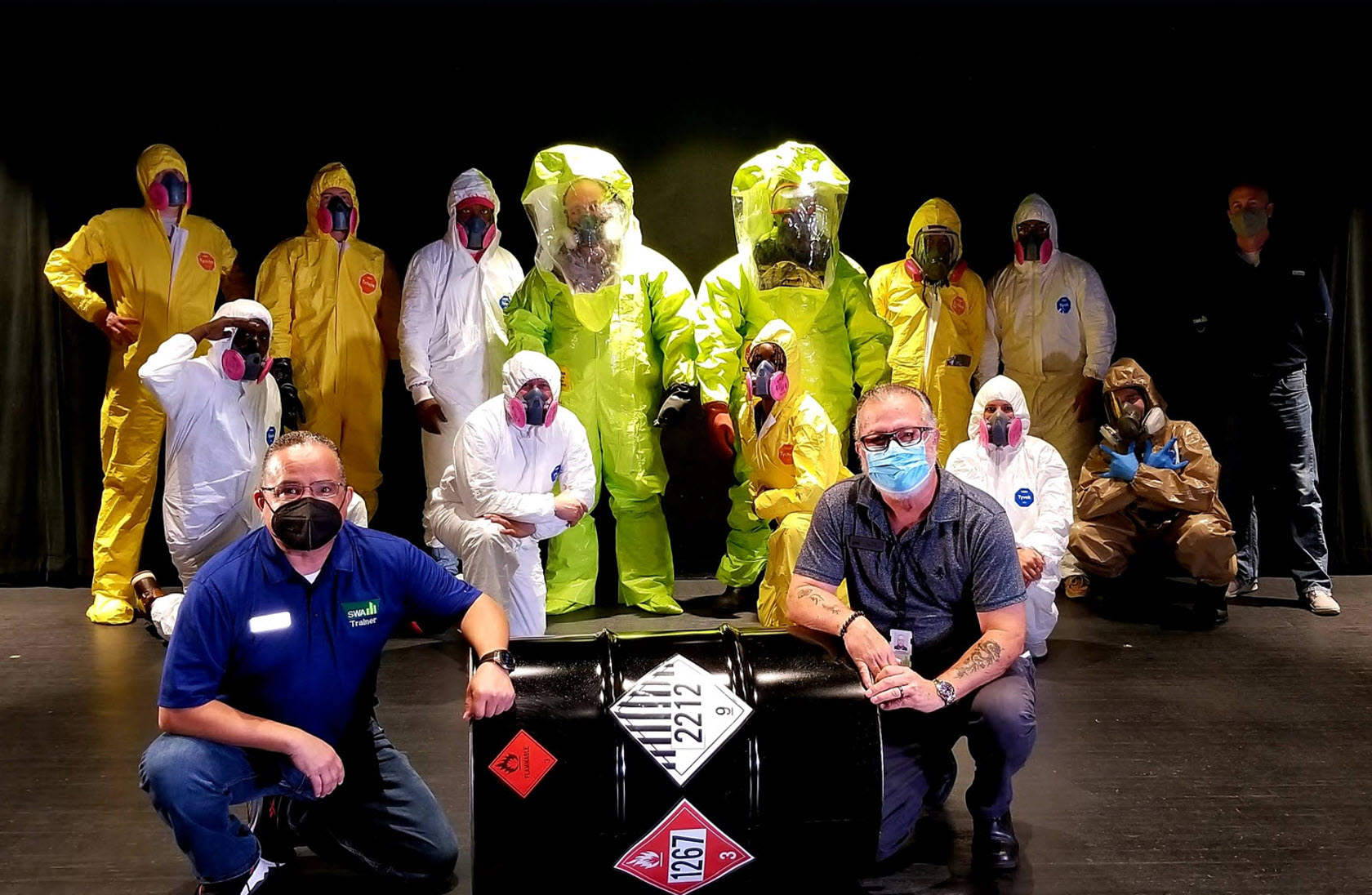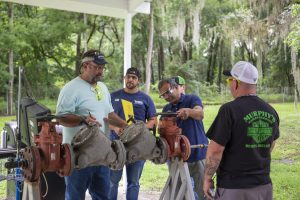
Environmental Justice: Bringing Jobs to Underserved Communities
The term “Environmental Justice” is often defined as the fair treatment and meaningful involvement of all people regardless of race, color, national origin, or income, with respect to the development, implementation, and enforcement of environmental laws, regulations, and policies.
Fair treatment means no group of people should bear a disproportionate share of the negative environmental consequences resulting from industrial, governmental and commercial operations or policies.
The Birth of Environmental Justice
The environmental justice movement became part of our lexicon in 1982 when a hazardous waste landfill was sited in a small, predominately African-American community in Warren County, North Carolina. The residents were concerned about the close proximity of the landfill to schools, churches, playgrounds and homes of the residents.
The Warren County protests failed to prevent the siting of the disposal facility; however, it did give birth to the environmental justice movement, not just locally but on a national scale.

The siting of this hazardous waste disposal facility was not an isolated event. According to Dr. Robert Bullard, who is universally recognized as the “father of environmental justice”, “Whether by conscious design or institutional neglect, communities of color in urban ghettos, in rural ‘poverty pockets,’ or on economically impoverished Native-American reservations face some of the worst environmental devastation in the nation.”
Simply stated, the siting of facilities where environmental contamination may occur, historically has been disproportionately located in poorer communities and communities of color.
Addressing the Disparities
How do we solve this problem? There exist several possible solutions, including appropriately siting these facilities away from the public and the cleanup of blighted and contaminated sites in these affected communities.
To promote the cleanup of blighted and possibly contaminated properties, in 1995 the U.S. Environmental Protection Agency launched its first Brownfields and Land Revitalization Program. This program provides funding to local entities for assessment, clean up, and the sustainable reuse of brownfields across the country.
EPA funding is helping to turn these blighted properties into viable space for future use and development. As a residual effect, the elimination of these blighted properties fosters community pride and encourages other reclamation projects within the community.

Another solution to the environmental justice disparities is to train residents of the affected communities so they can gain employment during the cleanup of the brownfield sites in their neighborhood. The purpose is twofold, to get local, vested residents involved in the transformation of their community and to train these workers for well paying sustainable employment in the environmental services field.
To foster this initiative, in 1998 the EPA launched its first brownfields job training pilot project. This initiative was originally known as the Environmental Workforce Development and Job Training program. Currently the program is known as the Brownfields Job Training (BJT) program.
This outreach program furthers environmental justice by ensuring that residents living in communities historically affected by economic disinvestment, health disparities, and environmental contamination, including low-income, minority, and tribal communities, have an opportunity to reap the benefits of revitalization and environmental cleanup.
Recipients of the BJT grant program recruit, train, and place local, unemployed and under-employed residents with full-time jobs in the environmental field. Traditionally, these are environmental jobs that contractors often fill with workers from outside the affected communities.
By training residents of these underserved communities for sustainable jobs in the environmental services sector, they can be a part of the redevelopment within their own communities, which fosters a real sense of community pride.
On a more personal level, graduates of the BJT program have found employment in diverse areas such as landfill operations, disposal facilities, environmental engineering firms, wastewater treatment plants, chemical plants and construction companies.
Benefits and Results
The results of the BJT program have been significant. To date, EPA has funded 371 job training grants totaling approximately $79 million through the Brownfields Job Training Program. As of April 2023, approximately 20,600 individuals have completed training, and over 15,300 of those graduates’ obtained employment in the environmental field, earning average starting wages of over $15 per hour. This equates to a cumulative placement rate of approximately 74% since the program was created in 1998.

These numbers are encouraging, but is there a real need for workers in the environmental services sector? According to the data from the Florida Department of Economic Opportunity, employment projections data in Florida covering 2018 – 2026 for Waste Management and Remediation Services (NAICS Code 562) shows a projected 2,301 new jobs by 2026. This is a 9.8% increase and places waste management and remediation services within the top one-third of jobs with the greatest growth in Florida.
This is great news for remediation contractors, however finding talent to fill these jobs continues to be a problem. This is especially true for entry level positions. When employers hire graduates of the BJT, they are assured of having an employee who has received required safety training, thus reducing risk of injury while employed and fast-tracking that employees onboarding process. Additionally, the life skills training each graduate receives helps them to assimilate quicker into the new job, which is beneficial to both the worker and the employer.
Righting the wrongs of past environmental and social mistakes can create opportunities for both communities and workers, and the U.S. Environmental Protection Agency is leading the way forward.
Meet the Author
David Casavant is the Principal Investigator at the Sustainable Workplace Alliance. He can be reached at david@sustainablewp.org. Please contact David if you have any questions about the Brownfields Job Training environmental cohort or would like to know more about the graduates and their availability for employment.
Like to see the environmental cohort in action?
Watch this short video, including student interviews.

